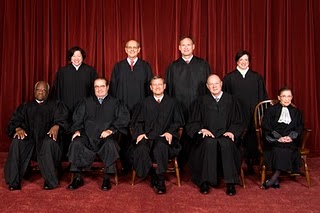Whether you can keep your vehicle after filing for Chapter 7 bankruptcy is dependent upon your unique situation. As a St. Louis bankruptcy attorney, I often counsel clients on whether or not they can retain their car after filing for Chapter 7 bankruptcy. The answer to that question depends on the debtor’s answer to three questions.
The first question: Is the vehicle worth more than you owe on it?
If you have equity in your vehicle it may be at risk for liquidation by the Trustee. In a Chapter 7 bankruptcy, you may lose items that have equity that is not protected by exemptions in exchange for a discharge of your debts. Bankruptcy law allows debtors to keep a certain amount of property away from creditors. These laws are known as exemptions. In the state of Missouri, debtors are allowed to have up to $3000.00 of equity in a vehicle without losing it. If the vehicle has unprotected equity, the Trustee will typically allow you to buy out the equity, and if that is not possible, the vehicle will be sold to pay creditors.
The second question: Is the vehicle worth less than you owe on it?
Many debtors are “upside down” on their car notes, meaning that the fair market value of the vehicle is far less than the balance of the loan. In situations like these, bankruptcy law allows the debtor to pay the fair market value of the vehicle and discharge the difference. This process is known as redemption. When choosing redemption, the debtor must be prepared to pay the value of the vehicle to the creditor in a lump sum. Obviously, most individuals filing for bankruptcy do not have a large sum of money available to pay off a creditor. The good news is that there are companies, such as 722 Redemption, that specialize in redemption loans. These loans often come with high interest rates, but can still save you money in the end.
The third question: Can you afford to continue making your car payments?
If you are unable to afford your monthly payment or if you just do not want the vehicle anymore, it can be surrendered. Surrendering a vehicle means you give it back to the creditor and the remaining debt is discharged. You can simply walk away from the vehicle owing nothing. If you can afford to make the payment and want to keep the vehicle, then you can reaffirm the debt. If you sign a reaffirmation agreement, you are agreeing to still be responsible for the debt after the Chapter 7 bankruptcy is discharged. This means that if you default on payments after the case is discharged, the creditor can repossess the car and you will be held responsible for the remaining balance.
 St. Louis Bankruptcy Lawyers Blog
St. Louis Bankruptcy Lawyers Blog


